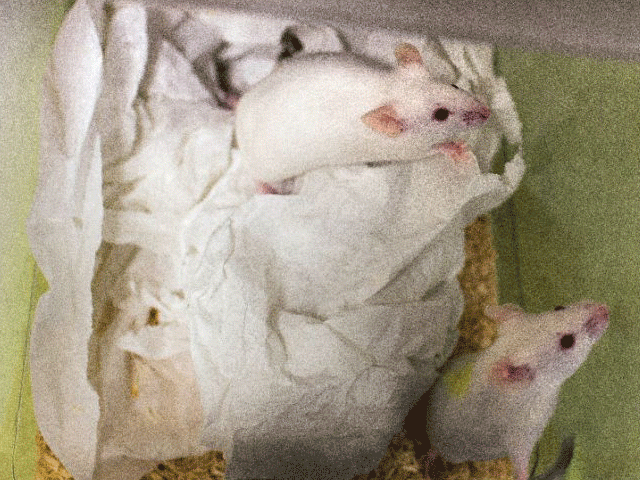Mice infested human settlements 15,000 years ago
Researchers studied variations in the molar shapes of fossilised mice teeth going back as far as 200,000 years

Researchers studied variations in the molar shapes of fossilised mice teeth going back as far as 200,000 years. PHOTO: AFP
As soon as hunter-gatherers began settling down rather than roving from place to place, house mice began to edge out their wild counterparts, said the study in the Proceedings of the National Academy of Sciences (PNAS), a peer-reviewed US journal.
Scientists create first artificial mouse 'embryo' from stem cells
"The research provides the first evidence that, as early as 15,000 years ago, humans were living in one place long enough to impact local animal communities – resulting in the dominant presence of house mice," said co-author Fiona Marshall, a professor of anthropology at Washington University in St Louis.
Previous research has pointed to the rise of farming as the starting point for transforming human relations with the animal world – particularly small mammals like mice.
But this study suggests "that the roots of animal domestication go back to human sedentism thousands of years prior to what has long been considered the dawn of agriculture," said Marshall.
In hunter-gatherer villages in the eastern Mediterranean region, house mice were common more than 3,000 years before the earliest known evidence for agriculture, said the findings.
When hunter-gatherers settled in one place, they provided shelter and regular access to crumbs and scraps.
Mice would learn to benefit from this and would stick around, marking an early phase of domestication.
Researchers focused on an ancient Natufian hunter-gatherer site in the Jordan Valley of Israel, where excavations have shown a wildly swinging ratio of house mice to wild mice during different prehistoric periods.
Experts grow mouse sperm to help with human infertility
They studied variations in the molar shapes of fossilised mice teeth going back as far as 200,000 years.
At times when people were more likely to settle for long periods, the house mouse (Mus musculus domesticus) reigned over the short-tailed field mouse (M macedonicus), and pushed most of them outside the settlement.
In periods of drought or food shortages, when hunter-gatherers were forced to move more often, the populations of house mice and field mice reached a balance.
"The findings provide clear evidence that the ways humans have shaped the natural world are tied to varying levels of human mobility," said Marshall.
The study included researchers from the National Centre for Scientific Research in Paris, France, and Lior Weissbrod of the University of Haifa in Israel.















COMMENTS
Comments are moderated and generally will be posted if they are on-topic and not abusive.
For more information, please see our Comments FAQ